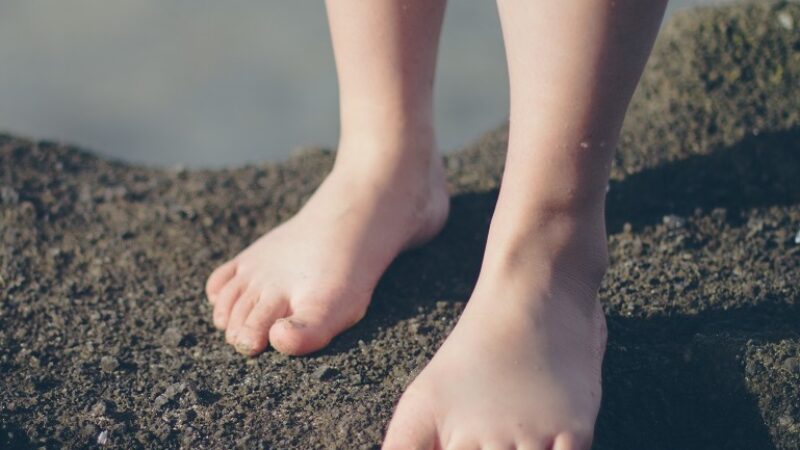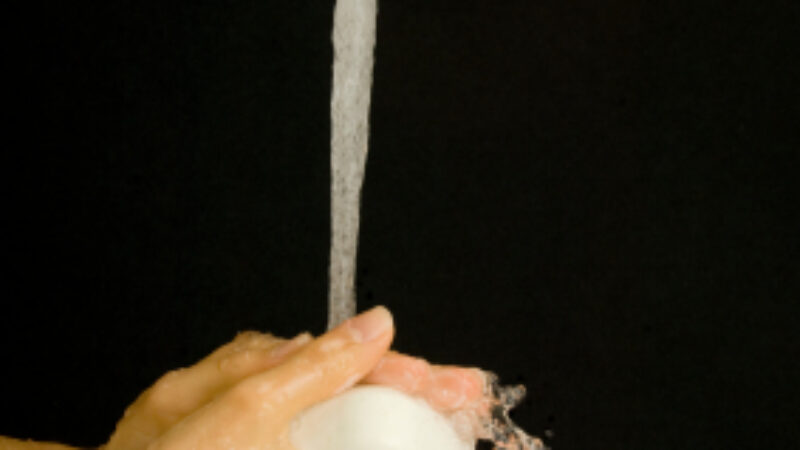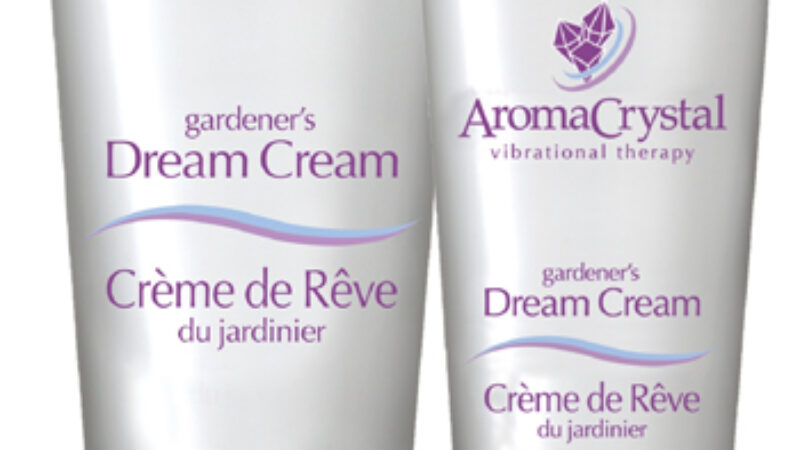 You’ve read the labels, checked out the ingredients and know that your sunscreen offers great UVA and UVB protection, but does your sunscreen deliver at high altitude?
You’ve read the labels, checked out the ingredients and know that your sunscreen offers great UVA and UVB protection, but does your sunscreen deliver at high altitude?
The efficacy of a sunscreen is dependent not only on how it’s manufactured:
- Which sun filtering agents does it contain?
- Does it offer protection against both UVA and UVB rays?
- Is it photostable (meaning that its ingredients will hold up when exposed to sunlight)
- Is it water resistant, making it suitable for sports and very hot weather?
but also on how you use it – how much you apply, how often you reapply and the time of day you use it. As well, the terrain/environment in which you use it is also important to consider. In particular, think about the altitude.•
Altitude is an important consideration when it comes to protecting yourself from sun damage because the thinner atmostphere at higher elevations filters less UV radiation. With every 1000 metres increase in altitude, UV levels increase by 10% to 12%, leaving you more prone to sunburn and skin damage than you would be closer to sea level. For this reason, the sunscreen that you normally use with success, may not deliver. It’s essential to find products that work.
Here’s what to do:
- Look for a sunscreen that offer broad spectrum protection against UVA and UVB rays.
- Ensure that the sunscreen contains photostable ingredients including Mexoryl XL, Mexoryl SX, zinc oxide, titanium dioxide, Tinosorb M or Tinosorb S.
- Choose formulations offering SPF of at least 30.
- When you apply, wait a few minutes and apply again. This will ensure that you’ve used enough. Studies show that one of the most common problems with sunscreen use is that most of us don’t apply enough.
- Reapply often, at least every 2 hours and more if you are swimming or perspiring.
- Remember to protect eyes with sunglasses as they are prone to damage from the sun as well.



